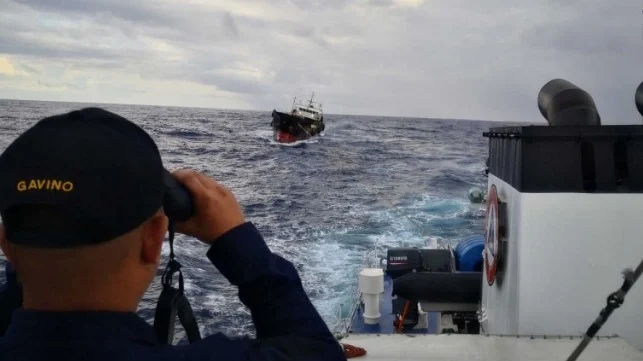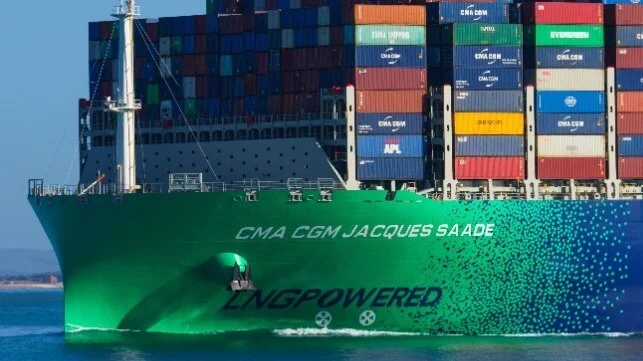Often called Flettner rotors after the German innovator who was the first to install such a system on board a ship at the beginning of the 1920s.
Flettner rotors are vertical cylinders which spin and develop lift due to the Magnus effect as the wind blows across them. Flettner rotors must be mechanically driven to develop lift and propulsion power, and manoeuvrability is restricted by wind speed and direction. Working on a ship, the force created will generate thrust. On board vessels, such rotor propulsion are often called Flettner rotors after the German innovator who was the first to install such a system on board a ship at the beginning of the 1920s. Flettner rotors may reduce the energy consumption of a ship, but they cannot be used as main propulsion.
Applicability and assumptions

Flettner rotor on E Ship 1, source: IWSA
Flettner rotors are a supportive propulsion system possible to retrofit on existing vessels, primarily for the ships and trades that benefit most from wind assisted propulsion. The rotating cylinders generating thrust are applicable for vessels with a sufficient free deck-surface and it is important that no objects block the accessibility to free wind. Rotating cylinders generating thrust are suitable for numerous ship segments; for example, tankers, some bulk carriers where rotors will not interfere with the required air-space for loading and unloading, general cargo carriers, and some RoRo ships. Container ships may be evaluated for a design with elevated/retractable rotors mounted above the container cargo. Operational height limitations must be taken into account, for example, in case of interfering with operational related structures or infrastructural barriers related to the route.
The rotating cylinders generating thrust mainly generate forces in the horizontal plane, forward and sideway forces. To make sure the seagoing properties of the vessel remain good, it must be prepared and planned because the healing movement influencing the stability and the strength of the cylinder foot must be properly supported as it is subject to high stresses.
The Flettner rotor principle in general is working in sideways winds, and depends on wind and vessel speed. The effectiveness of the rotors is therefore dependent on trade route and weather conditions.
Cost of implementation
The range of cost for a Flettner rotor is $400,000 to $950,000 (USD) depending on the model (size) of the rotor.
Size of a typical delivery with multiple rotor sails starts from $1,000,000 to $3,000,000 (USD).
Reduction potential

The reduction potential of a Flettner motor is 3% to 15% on main engine fuel consumption depending on vessel size, segment, operation profile and trading areas. Some have reported reductions as high as 35%, but for a reduction potential in general, this is seen as high.
Other References
-
-
-
-
- press release : IMO
Like this:
Like Loading...
مرتبط


















